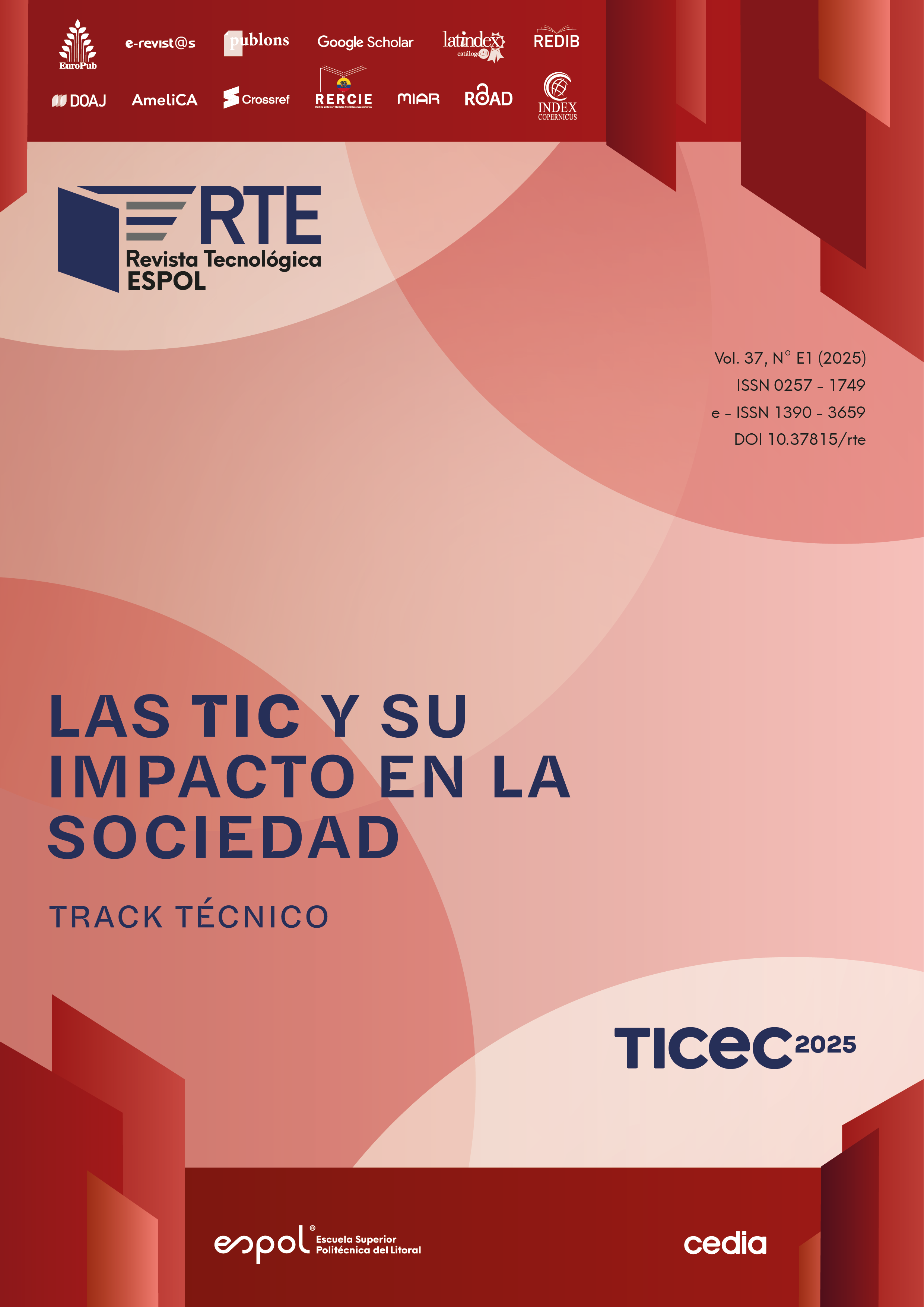This study proposes a novel hybrid framework for knowledge representation in emergencies, integrating Natural Language Processing (NLP), OWL ontologies, and SWRL rules to process unstructured data from Ecuador's Integrated Security Service (ECU 911). The key contribution lies in the unique combination of advanced NLP models such as BERT for Named Entity Recognition and XLM-RoBERTa for zero-shot semantic classification, with a formally validated ontological model developed in Protégé and a parallel logical implementation in Prolog using the Object-Attribute-Value paradigm. Unlike prior works, this approach specifically addresses the challenge of transforming raw emergency call transcripts into actionable knowledge by (1) automating entity extraction (locations, persons) and semantic categorization of incidents, (2) generating interpretable decision rules via decision trees, and (3) enabling cross-paradigm interoperability through synchronized OWL/SWRL and Prolog inference engines. Experimental validation with SPARQL/SQWRL queries and the Pellet reasoner demonstrated 96.7% accuracy in inferring emergency priorities such as medical emergencies, outperforming standalone NLP or ontology-based methods. This work advances semantic AI for emergency response by bridging unstructured text analysis with formal reasoning, offering a scalable solution for real-time decision support in critical scenarios.

This work is licensed under a Creative Commons Attribution-NonCommercial 4.0 International License.
References
Hu, Z., Hou, W., & Liu, X. (2024). Deep learning for named entity recognition: a survey. Neural Computing and Applications, 36(16), 8995-9022. https://doi.org/10.1007/s00521-024-09646-6
Imran, M., Castillo, C., Diaz, F., & Vieweg, S. (2015). Processing Social Media Messages in Mass Emergency. ACM Computing Surveys, 47(4), 1-38. https://doi.org/10.1145/2771588
Keraghel, I., Morbieu, S., & Nadif, M. (2024). Recent Advances in Named Entity Recognition: A Comprehensive Survey and Comparative Study. arXiv preprint arXiv:2401.10825, 1-42.
Le, N. L., Abel, M.-H., & Negre, E. (2024). Recognizing Similar Crises through the Application of Ontology-based Knowledge Mining. arXiv preprint arXiv:2401.03770.
Orellana, M., Cubero Lupercio, J. E., Lima, J. F., García-Montero, P. S., & Zambrano-Martinez, J. L. (2025). Incident Alert Priority Levels Classification in Command and Control Centre Using Word Embedding Techniques. En S. Berrezueta-Guzman, R. Torres, J. L. Zambrano-Martínez, & J. Herrera-Tapia (Eds.), Information and Communication Technologies. TICEC 2024. Communications in Computer and Information Science (1.a ed., Vol. 2273, pp. 238-252). Springer, Cham. https://doi.org/10.1007/978-3-031-75431-9_16
Orellana, M., Molina Pinos, P. A., García-Montero, P. S., & Zambrano-Martinez, J. L. (2025). Pre-processing of the Text of ECU 911 Emergency Calls. En S. Berrezueta-Guzman, R. Torres, J. L. Zambrano-Martinez, & J. Herrera-Tapia (Eds.), Information and Communication Technologies. TICEC 2024. Communications in Computer and Information Science (1.a ed., Vol. 2273, pp. 271-284). Springer, Cham. https://doi.org/10.1007/978-3-031-75431-9_18
Rudra, K., Ghosh, S., Ganguly, N., Goyal, P., & Ghosh, S. (2015). Extracting Situational Information from Microblogs during Disaster Events. Proceedings of the 24th ACM International on Conference on Information and Knowledge Management, 583-592. https://doi.org/10.1145/2806416.2806485
Schreiber, G. (2008). Knowledge Engineering. En Foundations of Artificial Intelligence (Vol. 3, pp. 929-946). Elsevier B.V. https://doi.org/10.1016/S1574-6526(07)03025-8
Shukla, D., Azad, H. K., Abhishek, K., & Shitharth, S. (2023). Disaster management ontology-an ontological approach to disaster management automation. Scientific Reports, 13(1), 8091.
Staab, S., & Studer, R. (2013). Handbook on ontologies (2nd ed.). Springer Science & Business Media.
Thodupunuri, R. K., Edla, K., Thoodi, R. R., Andrasu, M., Kolanu, A. R., & Chethi, S. R. K. (2025). Enhanced Classification of Tweets and Emergency Response using BERT with AdamW Optimizer and NER. International Research Journal of Engineering and Technology, 12(5), 86-95. https://www.irjet.net/archives/V12/i5/IRJET-V12I514.pdf
Young, T., Hazarika, D., Poria, S., & Cambria, E. (2018). Recent Trends in Deep Learning Based Natural Language Processing [Review Article]. IEEE Computational Intelligence Magazine, 13(3), 55-75. https://doi.org/10.1109/MCI.2018.2840738







